Notes
On the Photo Coverage of the One Year Anniversary of the Ferguson Crisis and the Death of Michael Brown
In surveying yesterday’s photo coverage, what I was looking and hoping for was imagery that got underneath the more stereotyped depiction of violence, anger and despair. Specifically, I was looking for pictures that captured some of the complexity and even the mundane intractability of Ferguson’s difficulties.
Perhaps you’ve already seen this image published yesterday at Al Jazeera? (It applies an overlay technique from the Echosight project. An accompanying slider lets you change degrees and also view the photos individually.)
On top of the evocative effect between the image from Ferguson by Michael Thomas and one from Baltimore by Glenford Nunez, the post is insightful, too, for the photographer’s eloquent comments about the media’s representation of Ferguson and urban distress, in general.
Pulled apart, you see the two images, content-wise, are poles apart:
Thomas’ image celebrates the recent opening of a Boys and Girls Club in Ferguson.
Nunez’s photo, on the other hand, captures a “hood star,” and one of the dirt bikes that generate so much noise and irritation in Baltimore. In this case, however, the photo has its own layering, speaking as much to identity and constructive defiance during a march protesting the killing of Freddie Gray.
Also illustrating how photojournalism is branching out as a creative medium, how often do we see news images that challenges us with this kind of complexity?
They refer to themselves as a gang, but it’s merely nominal — in this case, a way of designating themselves as friends of a friend who was shot to death six months ago. (You can see the friend, “Fatty” Smith, on the back of the sweatshirt.)
What’s so remarkable about this work? Well, Mark Kauzlarich’s news photos don’t sum up people — these youths from Ferguson, as well as many other citizens of the city — in an instant. A Masters student living a few hours away from Ferguson, Mark bypassed the drama at night, choosing to introduce himself and start building relationships in the community by day.
This post and slideshow at Lightbox will introduce you to Mark’s long term project. Otherwise, as a highlight of the photography commemorating the anniversary of the events in Ferguson, what’s to be appreciated here is how much Mark’s images attempt — a far cry from the inherently dramatic and more stereotyped newswire work — to articulate the fabric and the day-to-day circumstances in Ferguson.
On first glance, by the way, can you feel how much we’re conditioned — and absolutely so, when the term “gang” is introduced — to take this social moment with its impending handshake in a more suspect way?
If the projects above made me see and think about the anniversary in a more unconventional way, the following examples caught my attention for a more conventional approach, or for some kind of disconnect.
I’m on Canfield Dr. In Ferguson, about 1:2 ratio media to residents pic.twitter.com/pRBZi2LDDX
— David Carson (@PDPJ) August 9, 2015
Not to be left out is some recognition of the media show.
David Carson, from the St. Louis Dispatch photo team that won a Pulitzer for its Ferguson coverage, doesn’t pull any punches representing how much yesterday’s anniversary was a media event. Since the beginning of the story, Carson has strived (especially on Twitter) to bring as much context to his imagery as possible — while remaining unapologetic about his role as a news photographer.
“Then-and-now” features, like this one at WaPo, were prevalent yesterday. This particular pair is drenched in irony mostly for technical reasons. What I mean is, besides the perimeter fence, the most significant difference between the scene from Nov. 25, 2014 and the one from Friday-before-last is time of day. Even if the timing was a completely random choice (which I’m guessing it was), there is nothing “night-and-day” about the difference here.
Finally, I’ve seen this scene in a couple different news shots. (There’s also a version from Reuters in this commemorative gallery at MSNBC.) In this day and age in which vital images are presented as much in photo galleries with only brief captions to go on, the lack of context here is certainly foreboding. The caption of this shot from the NYT Lens Blog slideshow, “Revisiting Ferguson,” reads as follows:
A man on Canfield Drive in Ferguson on July 31, near a memorial at the location where Michael Brown was killed.
It’s helpful to know about the memorial on the sidewalk but what’s chilling — to me, anyway — is the dark patch on the road. Knowing that Brown lay in the street for four hours before his body was removed and the media never photographed it, is it just serendipitous that the patch appears there? Is it the result of random road work, perhaps? And/or, is it somehow a darker, rougher and more ominous memorial, like an asphalt tomb?
This post was inspired by a VISCOM division research panel on Michael Brown at last week’s AEJMC conference in San Francisco.
Update: Mark Kauzlarich is an independent photographer. The image above was incorrectly attributed as having been taken for a wire service.
(photo 1: Michael Thomas/Glenford Nunez for Al Jazeera America. photo 2: Michael Thomas for Al Jazeera America caption: Students release balloons after a Ferguson Boys and Girls Club is opened, which is dedicated to helping youth, on July 8, 2015. photo 3: Glenford Nunez for Al Jazeera America caption: Dirtbikes are a large part of Baltimore culture. As soon as it gets hot outside, you can hear the dirtbikes. Some people hate them and say they are a nuisance. They are loud, and the young boys riding them speed recklessly through the city streets as if they could live forever. Sometimes hundreds of bikes block the streets, making traffic difficult. However, on this day, the dirtbikes were a welcome sight as the people marched for Freddie Gray. To some, the dirtbike boys are local celebrities — ’hood stars. You can see the children popping wheelies on pedal bicycles trying to imitate the dirtbike boys. photo 4: David Carson/St. Louis Post Dispatch. photo 5: Mark Kauzlarich caption: Meech greets a friend while hanging out in the Bermuda neighborhood of Ferguson, Mo. Their group calls themselves Fatty Gang, named after their friend, 20 year-old Antwon “Fatty” Smith, who was shot to death in February, 2015. photo 6: Jahi Chikwendiu/The Washington Post caption: THEN: Buildings smolder on Tuesday, Nov. 25, 2014..photo 7: Jabin Botsford/The Washington Post. caption: NOW: An empty lot where a building was burned is seen along W. Florissant Avenue on Friday, July 31, 2015. photo 8: Whitney Curtis for The New York Times.)
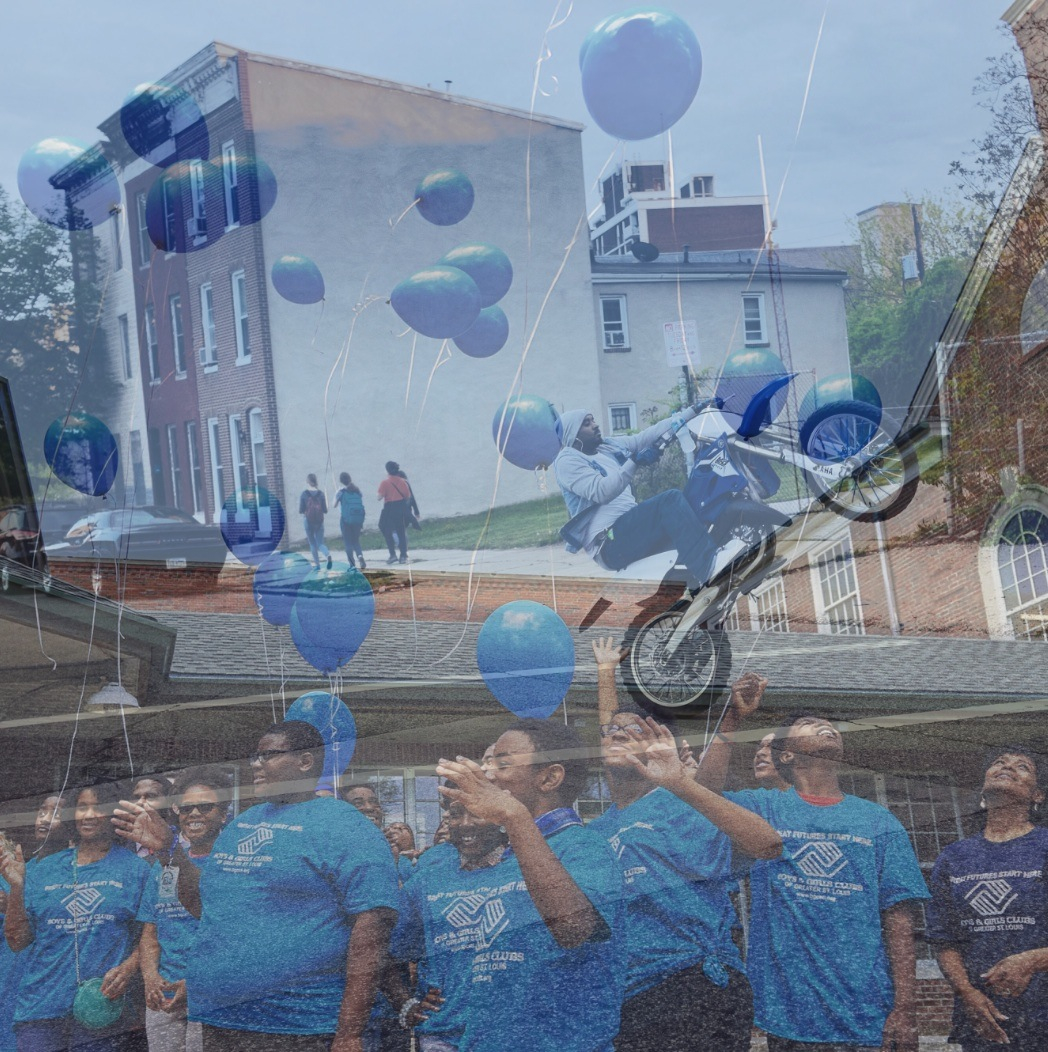
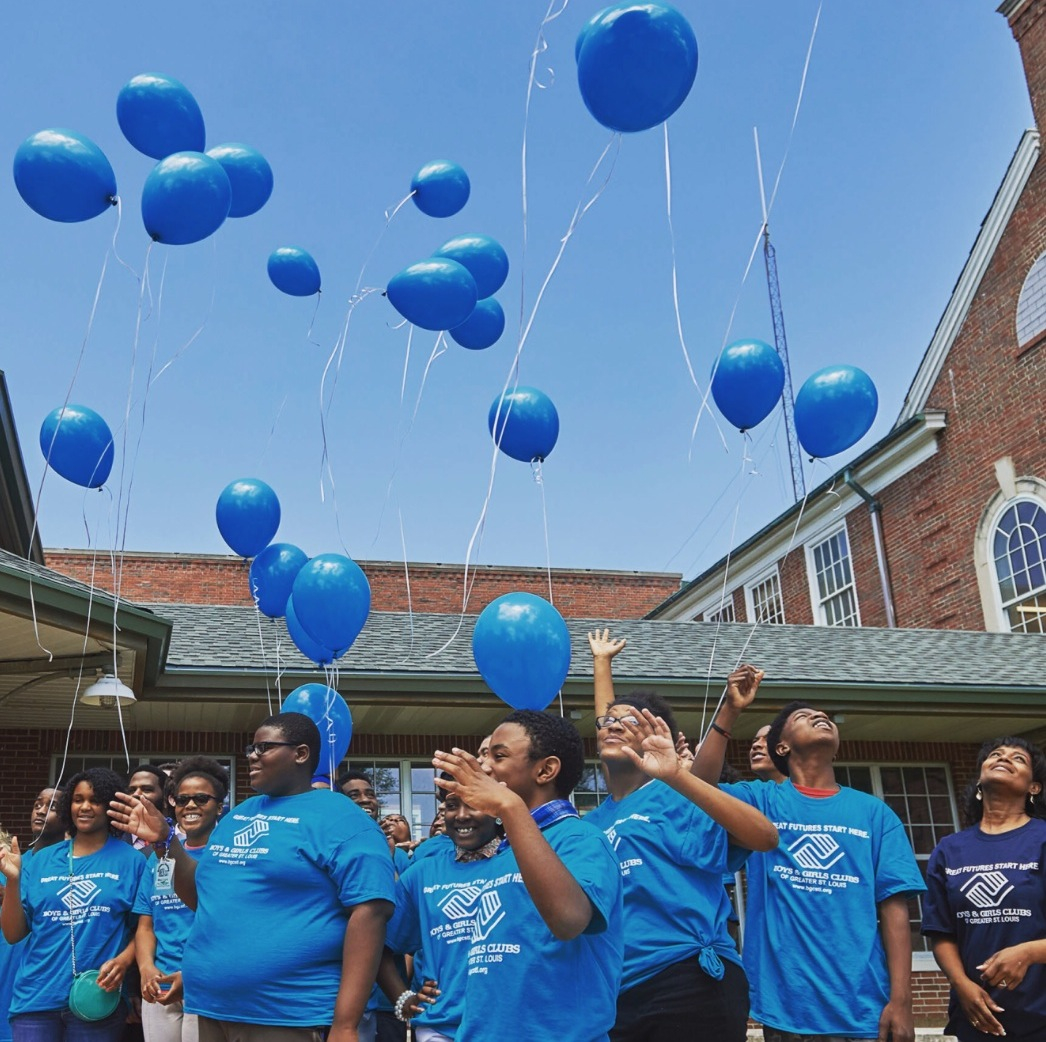
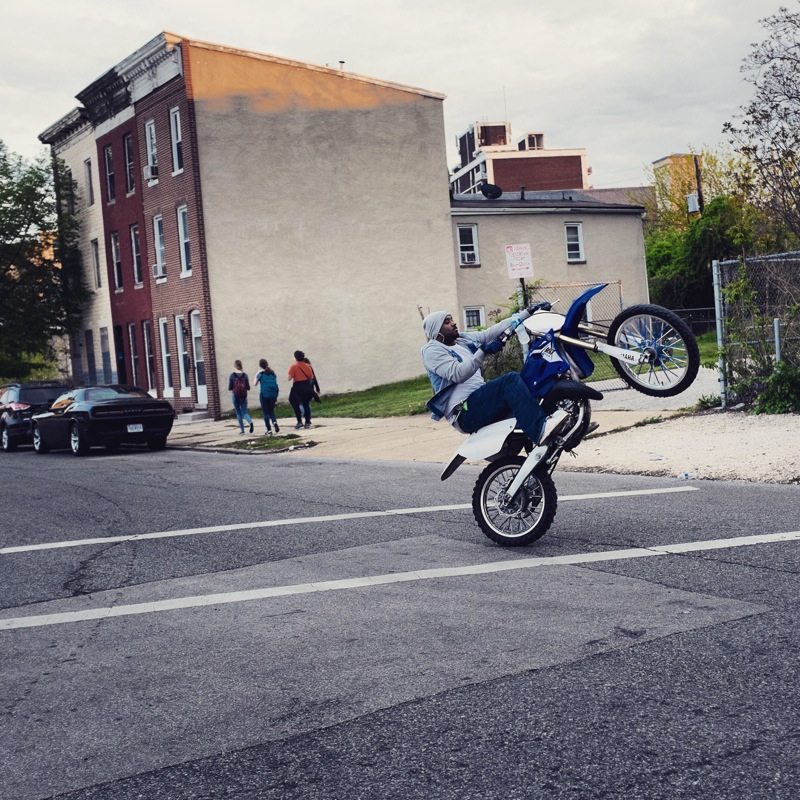
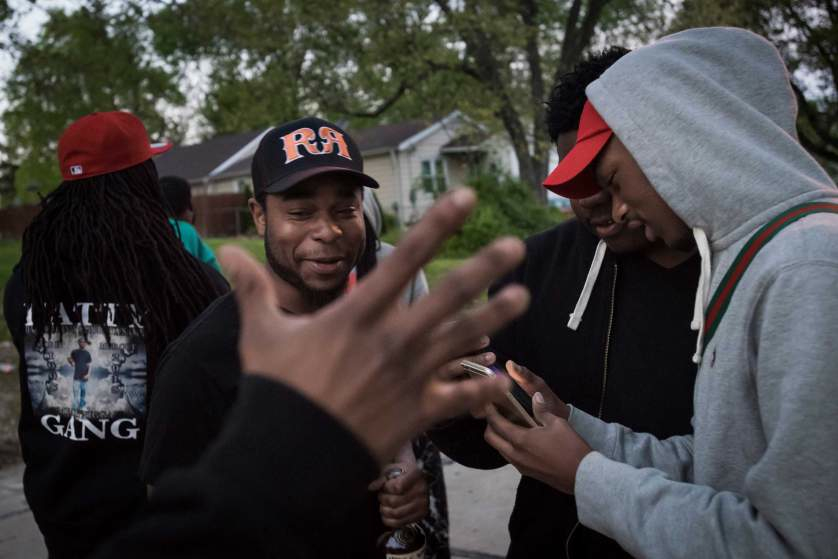
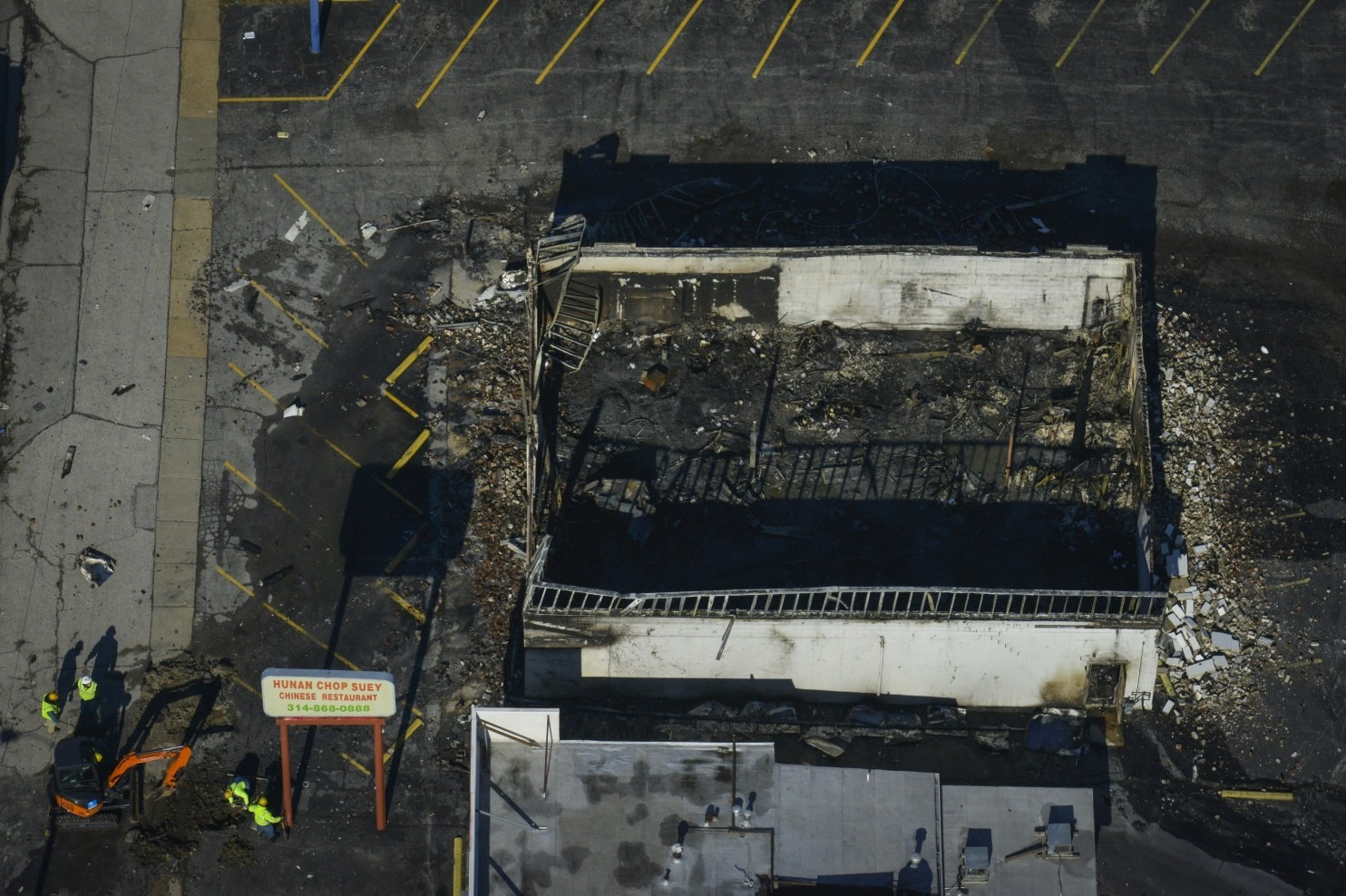
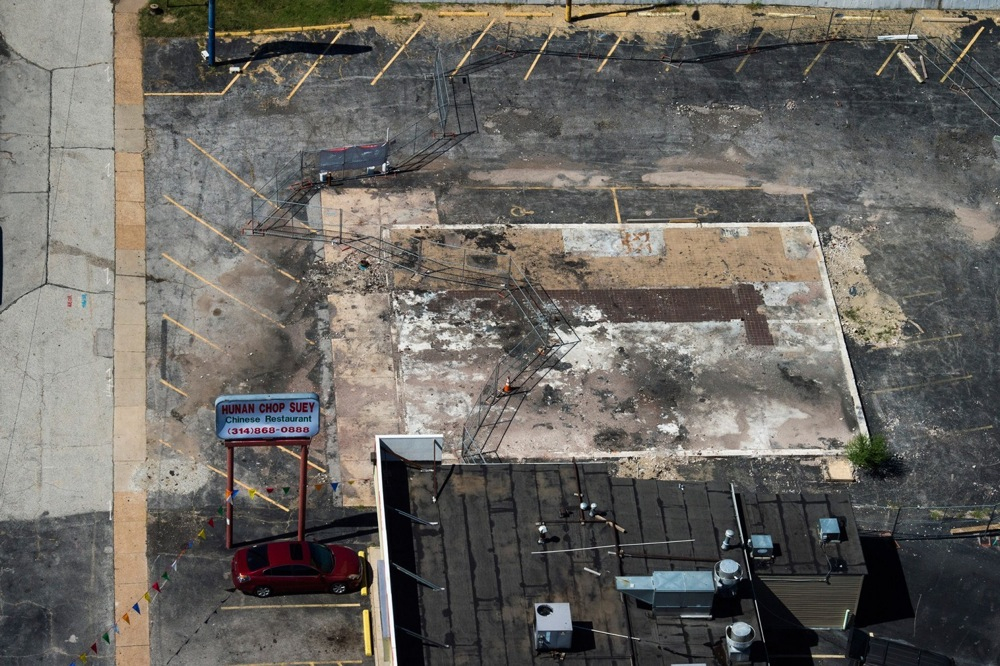
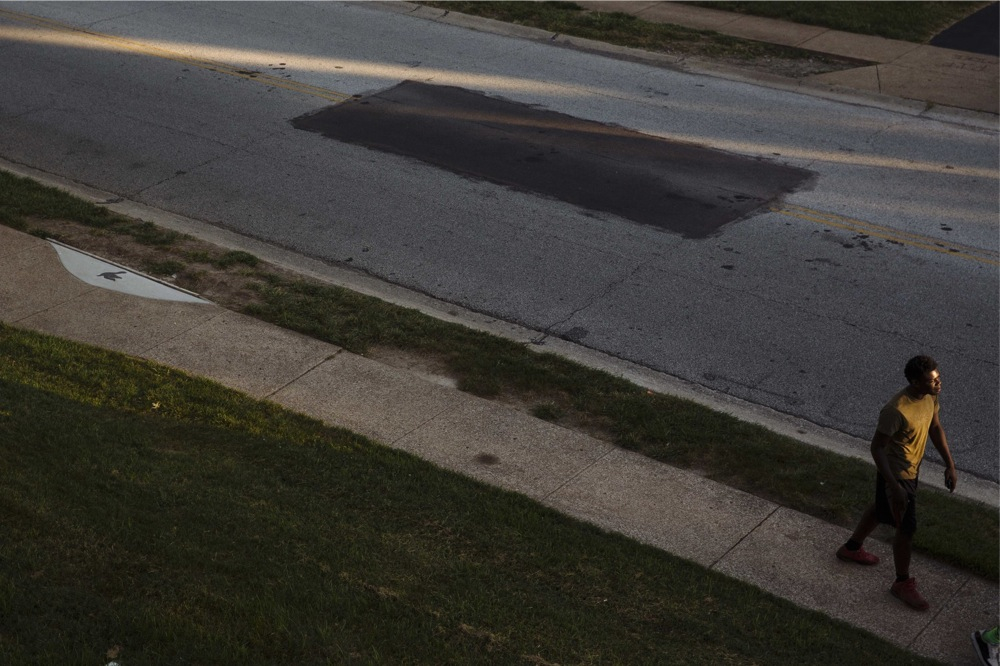

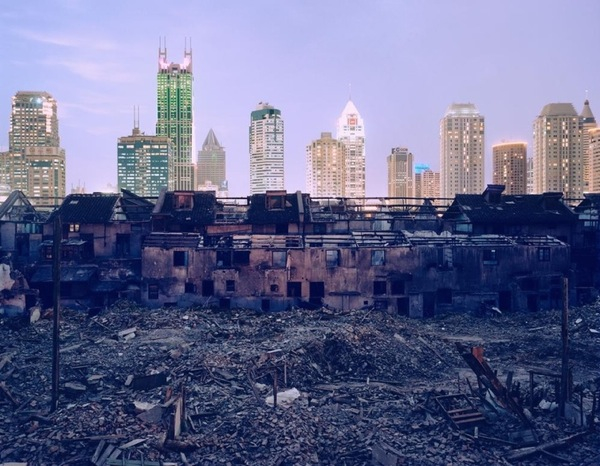
Reactions
Comments Powered by Disqus